Ten Influential People in the History of the LCMS
Share
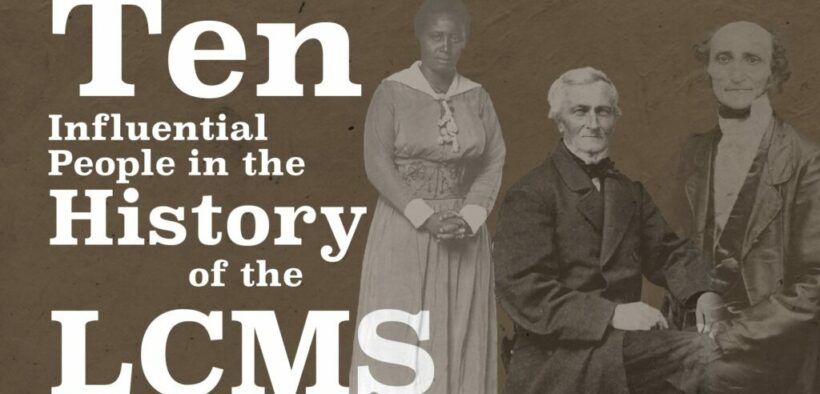

Since 1839 when a group from Saxon, Germany, landed on the banks of the Mississippi River in present-day Perry County, Mo., countless people have influenced the path of The Lutheran Church—Missouri Synod (LCMS).
From leading the Synod in a variety of capacities to establishing hospitals, radio programming, international missions and more, God placed His people in the right place and the right time to ensure Jesus’ message of salvation would be shared.
One would need a series of books to acknowledge everyone who had an influence on the path of the LCMS, but here are 10 who made significant contributions to the Synod.
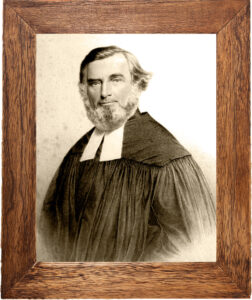
F.C.D. Wyneken
Friedrich Conrad Dietrich (F.C.D) Wyneken was a German missionary. An ordained pastor, Wyneken was inspired by the stories of German immigrants in America, and in July 1838, he arrived in Baltimore, Md.
Welcomed by Lutherans on the eastern seaboard, he was soon sent to the Midwest. The frontier presented many opportunities to share the Gospel. Wyneken found a church in Fort Wayne, Ind., without a pastor. He agreed to serve the congregation while also working in the surrounding areas to find and minister to Germans without a spiritual leader.
Wyneken was among the founders of the LCMS, and he served as Synod president for 14 years until accepting a call in 1864 to serve as parish pastor for a church in Cleveland.
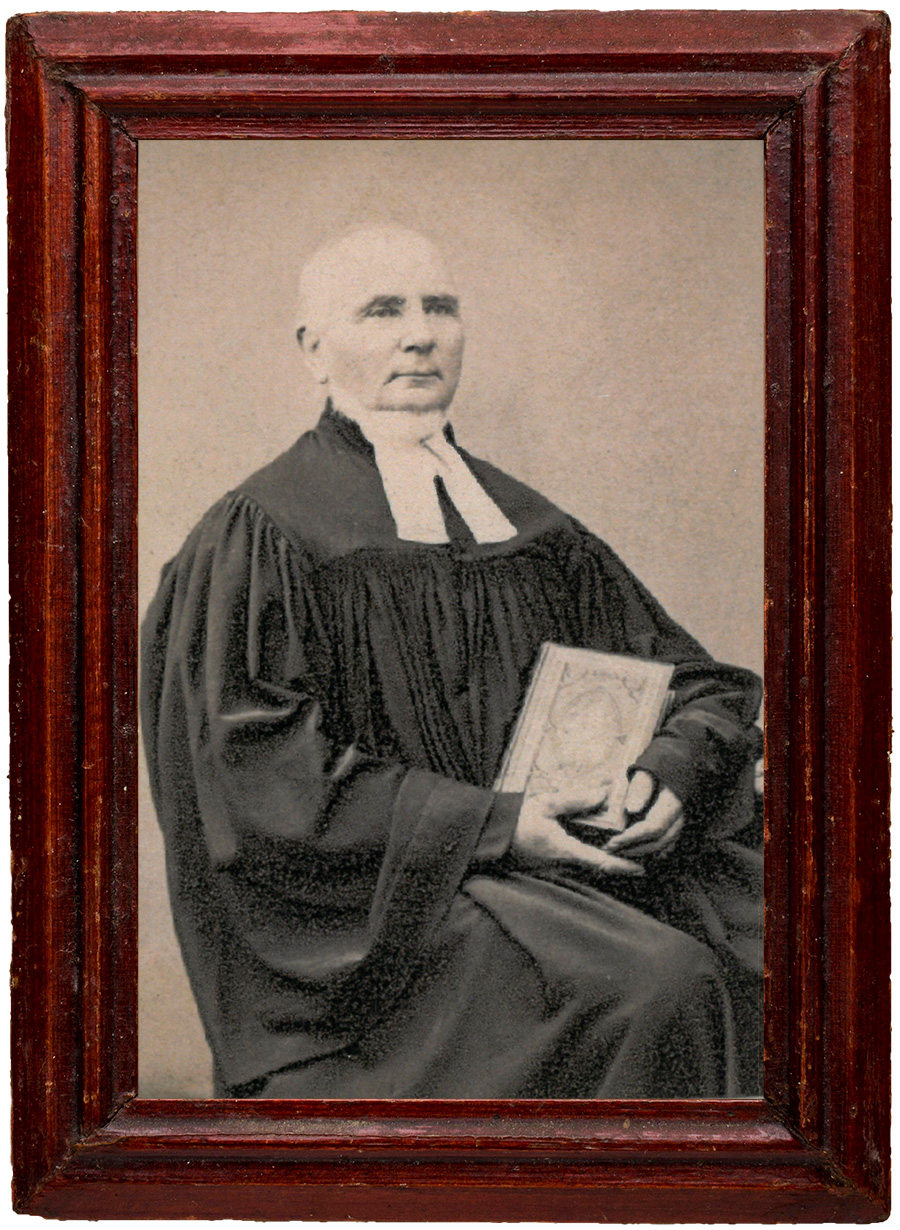
Johann Friedrich Bünger
Johann Friedrich Bünger’s compassion and concern for the wellbeing of others is evident in his life’s work. The descendant of a family of Lutheran pastors, dating back to the Reformation, Bünger came to America in 1839 as a candidate of theology.
He moved to St. Louis in 1841, where he taught at the school of a Lutheran congregation. Over the next several years, he would serve as pastor at Trinity and Immanuel Lutheran churches in St. Louis. He was known as a fine preacher and caring pastor.
After the LCMS was founded in 1847 with his help, Bünger led missionary and outreach efforts among African Americans (former slaves) and Chinese immigrants. He formed the Lutheran hospital in St. Louis, created the first Lutheran orphan’s home and started a hospital for mentally ill patients and a home for foundling infants.
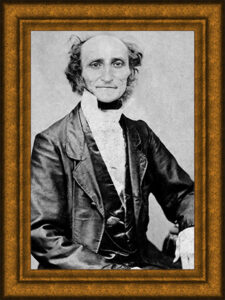
C.F.W. Walther
Carl Ferdinand Wilhelm (C.F.W.) Walther was the son of a pastor and studied under Pastor Martin Stephan, who led 50 people (including Walther) on the ship bound for religious freedom in America. When Stephan was excommunicated from the group for impropriety, Walther devoted himself once again to the Scriptures, the Confessions and to Luther’s teachings.
He later provided biblical answers to the Saxons about their situation. Walther would become the Synod’s first president, serve as president and professor at Concordia Seminary, St. Louis, and pastor the first four Lutheran churches in St. Louis.
He was, undoubtedly, the Synod’s most prominent and influential theologian of his time.
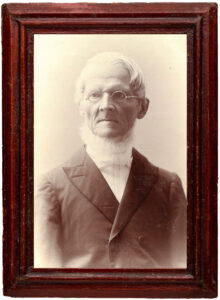
Georg Ernst Ferdinand Sievers
An orphan at the age of seven, Georg Ernst Ferdinand Sievers had a difficult childhood. With God’s help, Sievers found his way to a university education and ministry in the Lutheran church.
Inspired by F.C.D. Wyneken’s reports from America, Sievers chose to preach God’s Word in America just as Lutheran leaders in Germany were planning to establish Lutheranism on the frontier. Sievers was selected as pastor of a group of immigrants. Together, they traveled to America and settled in Michigan.
There, Sievers served as pastor, business manager (because he knew English and could work with the merchants) and de facto doctor (because there were not medically trained people in the group). While in Michigan, God led him to missionary work and reaching American Indians. In 1850, he started a 43-year tenure as the Synod’s chairman of the
Board for Missions.
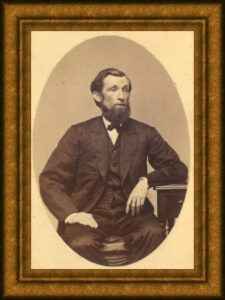
J.W.C. Lindemann
Johann Christoph Wilhelm (J.W.C.) Lindemann grew up in a single-parent home that didn’t emphasize Christianity. He received an elementary education, but his father lacked the resources for additional schooling. Instead of learning a trade, he traveled and joined the “German Catholics,” a religious sect that rejected Christian doctrines.
He was motivated to become a missionary for the group when his former pastor encouraged him to read Scripture, he identified the errors of the group and found truth in God’s Word. Shortly after this time of reflection, he was asked to go to America and teach at a Lutheran school, despite having little experience or formal education.
At the encouragement of his new pastor, F.C.D. Wyneken, Lindemann attended seminary and received his first call to Cleveland. In 1864 upon the establishment of a teacher’s college in Addison, Ill., Lindemann was called to be its president.
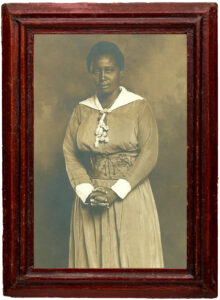
Rosa Jinsey Young
Rosa Jinsey Young’s impact on education remains evident today. She established at least 13 schools in congregations and missions throughout Alabama, where she also founded the Alabama Lutheran Academy and Junior College in Selma.
She was recognized for her pioneering work by the LCMS in 2004, particularly for the educational opportunities she created for African Americans. She is believed to be the first woman to be awarded an honorary degree from Concordia Theological Seminary, Springfield, Ill. (now Fort Wayne, Ind.), which noted her “dedicated, unselfish and intelligent service to the Lutheran church.”
In 2021, her name was bestowed upon a scholarship given by LCEF to African American students studying to become church workers at an institution within the Concordia University System.
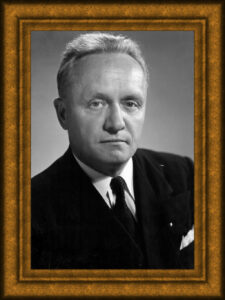
Walter A. Maier
While Walter A. Maier may be best known as the long-time voice of “The Lutheran Hour,” his contributions to the Walther League are undeniable.
Maier was the first full-time executive secretary of the Walther League, a Synodwide young people’s organization. He managed the business office of the Walther League and served as the editor of The Messenger, the organization’s monthly publication that aimed to assist young adults in maintaining their Lutheran identity in a period of significant change.
During Maier’s 25-year run as editor, circulation for The Messenger increased from under 5,000 to more than 70,000 in 1945. He inspired a generation of Lutherans to remain active in their church.

Oswald “Ossie” Hoffmann
Oswald “Ossie” Hoffmann grew up the son of a Lutheran pastor, and as a boy, he knew he wanted to be a pastor, too. After completing his ministerial training, Hoffmann taught in Lutheran colleges while serving as pastor of a nearby congregation.
He became interested in church relations and outreach leading him to the Synod, where he established the first Department of Public Relations and formed relationships with secular and religious media.
He led public relations at the Synod until 1963, during which time he was called to be speaker of “The Lutheran Hour.” He served as speaker for 33 years, sharing God’s Word on radio broadcasts worldwide.
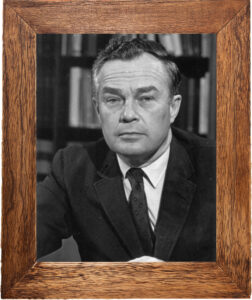
J.A.O. “Jack” Preus II
J.A.O. “Jack” Preus II served as the LCMS’s 8th president, navigating the Synod through a period of crisis as some people in the LCMS started rejecting portions of the Bible. He held the office from 1969 through 1981, affirming what the Synod taught about the Bible from
its beginnings.
While 250 congregations (with about 100,000 members) and 675 clergy left the LCMS during his presidency, Preus is credited with keeping many members within the LCMS with his focus on what God reveals in Scriptures and the reliability of His Word.
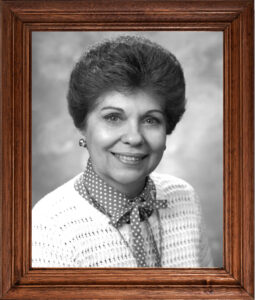
Viola Jean Garton
Viola Jean Garton was an advocate for the unborn for more than 40 years. She was the first president of Lutherans for Life, serving in the role for 17 years. She traveled the world to share her message, hosted a radio program—Speaking of Life—for five years and wrote Who Broke the Baby? in 1979.
In 1969, Garton became the first woman to serve on an LCMS board. She later chaired both the Synod’s Task Force on Women and the President’s Commission on Women.

